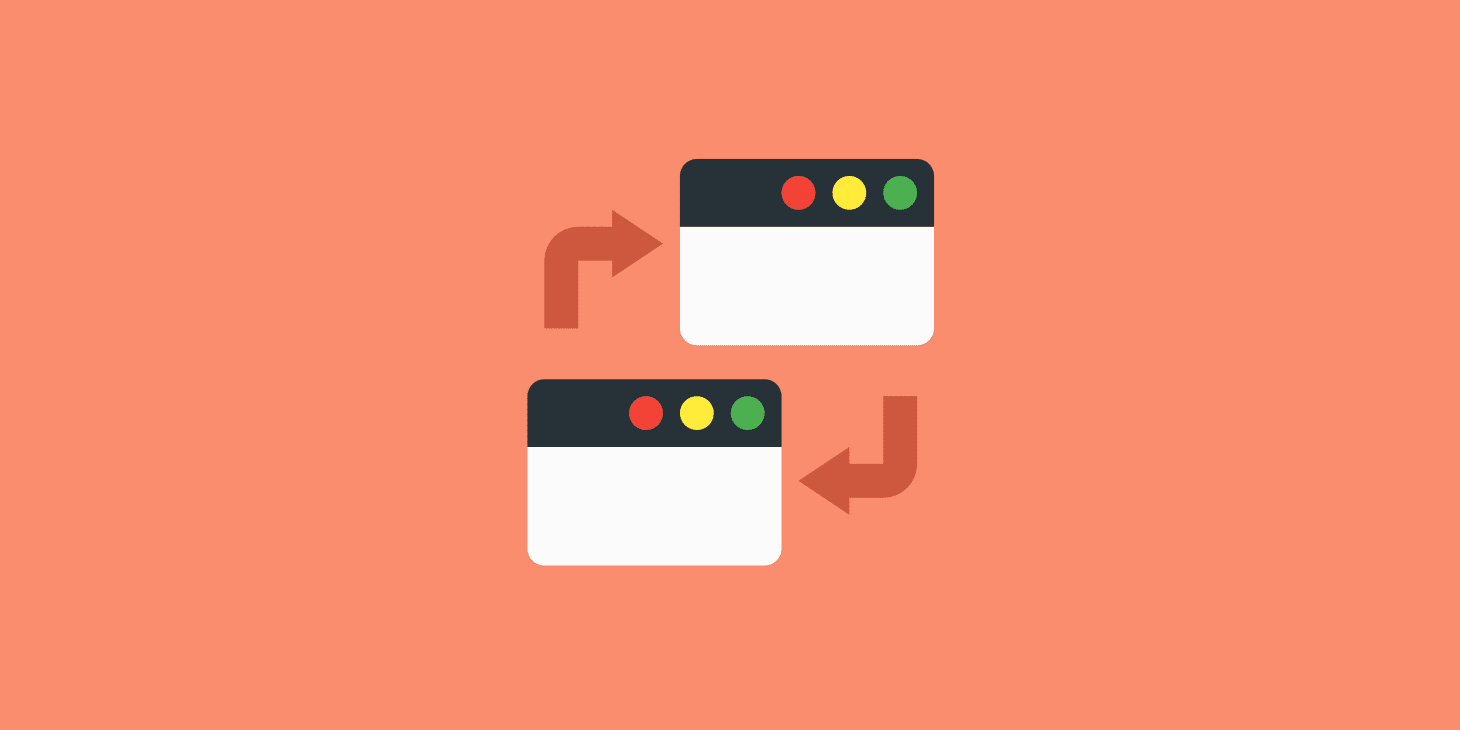Pings happen.
When you are running a website using blogging software, you automatically tap into a special publishing alert system. You’ll get pings. In blogging, a ping is a special signal that the blog-publishing software puts out to notify other servers when the content of your blog is updated.
This is better for you than waiting for an indexing robot to crawl up and see if you’ve got something new. Blog software automatically tells special indexing servers what’s new with your blog, as it happens. This helps distribute your new items much faster than the time it takes for the Google indexing robot to crawl your blog.
This way, people and blog news publishers become aware of your new material promptly, like a news flash.
A Ping is Computer Talk for “New Thing”
This ping technology, and the way it speeds up the spread of new content, is one of the reasons to start and run a blog, provided you can keep publishing new content. It’s a good marketing practice to take advantage of technology that automatically draws attention to things that are new.
The flip side of a ping is a ‘pingback.’ This is the notice your blogging program receives when another blog re-publishes a page that links back to your content.
Say you publish press release. Say this release has a link to your blog. Every time a news organization republishes your release with the link, the publishing servers send out an automatic signal about the link. Your own site receives the signal as a way to verify that the link is good. This double-check means pingbacks are less prone to spam than other kinds of notices.
Some pings, like some rings, are more valuable than others
Your blogging software is probably programmed to notify you when it gets pinged after someone publishes a link to your content. You’ll see something like this:
A new pingback on the post “Johnny Gets a Ping” is waiting for your approval http ://www.example.com/johnny-gets-pinged-post
Website: [A New Article based on Johnny Gets a Ping]
URL: “http://www.the-publishing-url/the-page.html”
Pingback excerpt:
[…] this is where you see a snippet of the other site’s content[…]
Because it’s automated, this is not the easiest type of message to understand at first.
A pingback message is simply a notice to you every time a link to your content is published ‘out there’.
This is good to know when people are publishing or linking back to your stuff.
Now, your next step is to decide what to do with the pingback notice.
Your choices are:
- Spam it;
- Approve it;
- Trash it
To decide, follow the link back to where your piece appears on the other website. Here’s what to check for
Does the other article look like an original, well-written piece you and your readers would respect? – Approve it. This shows your reader the other site that is linking to you. You are building relationships with well-regarded people in your niche. Good for you.
Is the article from a competitor and you’ve decided not to show pings that take your readers to your competition? – Trash it.
Is the ping from a site that looks like a fake blog (flog) or a spam blog (splog) with automated-looking content and little sign of human involvement?
– Trash it.
Is the ping from a spammy looking site? Spam it – you don’t want such sites linking to yours. Marking it as spam can trigger your software to block future ping requests from this site.
If, after reading this, you still don’t understand what the ping is all about, don’t worry. When you see the word ‘ping’ think ‘link’. Do you want to link back to the person linking to you? Approve those, and you can safely ignore everything else.





















